Metal fabricators, don’t let your shop become a time capsule
The Fabricator
AUGUST 21, 2022
Some shops end up becoming time capsules, with little to no change since they opened their doors. Josh Welton says it shouldn’t have to be that way.

The Fabricator
AUGUST 21, 2022
Some shops end up becoming time capsules, with little to no change since they opened their doors. Josh Welton says it shouldn’t have to be that way.

Plastics Today
AUGUST 21, 2022
US government data show that 60% of workers who switched jobs saw an immediate increase in real earnings, which factor in the inflation rate, so these workers are getting raises in the 10% or greater range.
This site is protected by reCAPTCHA and the Google Privacy Policy and Terms of Service apply.
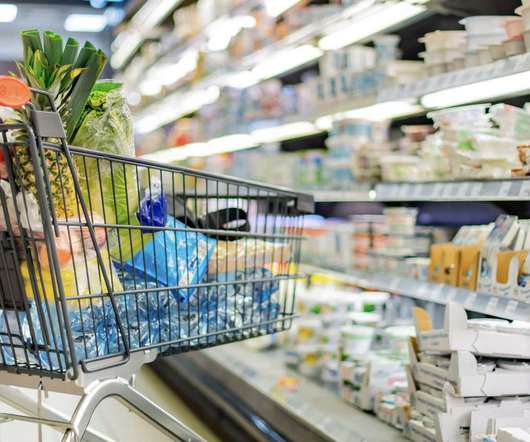
Manufacturer's Monthly
AUGUST 21, 2022
According to new data from the Australian Food and Grocery Council (AFGC) , Australia’s food and grocery manufacturing industry increased its value to $133.6 billion in 2020/21. . The increase came as companies weathered the disruption wrought by COVID-19, however ongoing pressures on workforces, supply chains and production costs pose a challenge to plans to secure food and grocery manufacturing’s future as a key growth industry. .

AU Manufacturing
AUGUST 21, 2022
Media Release by The University of South Australia. A new study by The University of South Australia has tested and verified the structural integrity of walls constructed from tyres packed with earth, with the results potentially providing new opportunities for the reuse of end-of-life tyres in the construction industry. Tyre waste represents a major sustainability challenge globally, with Australia alone generating an average of 55 million (450,000 tonnes) end-of-life tyres each year.

Speaker: Kevin Kai Wong, President of Emergent Energy Solutions
In today's industrial landscape, the pursuit of sustainable energy optimization and decarbonization has become paramount. Manufacturing corporations across the U.S. are facing the urgent need to align with decarbonization goals while enhancing efficiency and productivity. Unfortunately, the lack of comprehensive energy data poses a significant challenge for manufacturing managers striving to meet their targets.
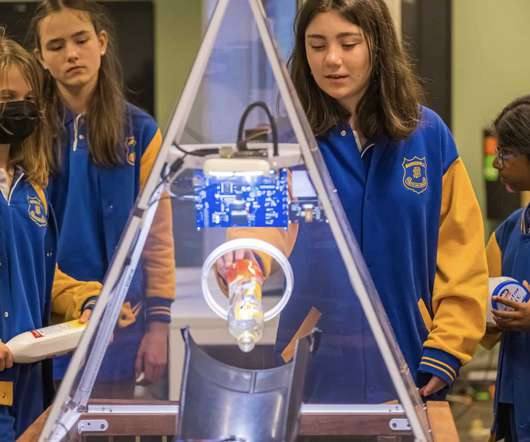
Manufacturer's Monthly
AUGUST 21, 2022
As part of National Science Week, the CSIRO and University of Technology Sydney (UTS) researchers and Year 6 students from Marrickville Public School have tested a new prototype Smart Bin designed to build a circular economy. . Smart Bin Technology uses Internet of Things (IoT), sensing, robotics, Artificial Intelligence (AI) and infrared spectroscopy technologies to automatically sort plastic, metal and glass, and sort specific types of plastic.
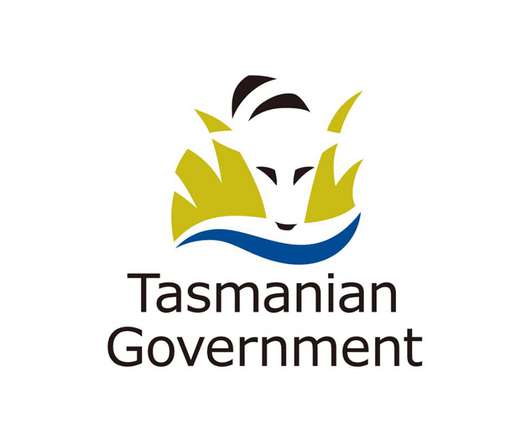
AU Manufacturing
AUGUST 21, 2022
The Tasmanian government has launched the third round of its $3 million Tasmanian Advanced Manufacturing Accelerating Growth Grant Program. . The initiative is aimed at helping companies in the state to become more competitive, resilient, and capable of scaling up to compete in global markets. . Under the program, Tasmanian manufacturing businesses can apply for grant funding amounting to $100,000 to help purchase equipment that would boost their market expansion efforts and create new jobs loca
Manufacturing Technology Today brings together the best content for manufacturing technology professionals from the widest variety of industry thought leaders.
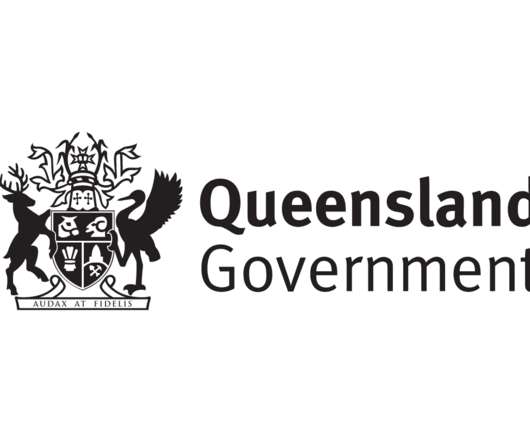
AU Manufacturing
AUGUST 21, 2022
The Queensland government has launched the 2022 Advanced Queensland Industry Research Fellowships in a bid to establish more secure jobs and open better business opportunities in the state. . Innovation Minister Stirling Hinchliffe said the fellowships, which are open to PhD qualified researchers based in the state, will look into research projects with real-world application potential. .
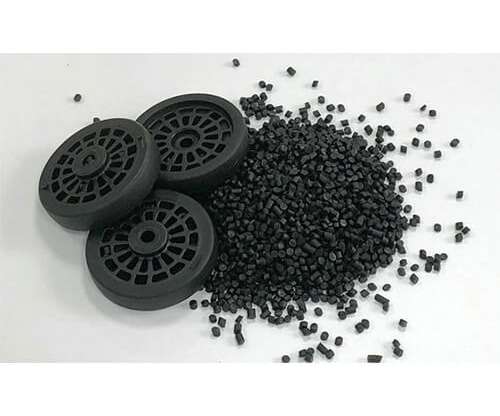
Min-Hui
AUGUST 21, 2022
TPR material is a thermoplastic rubber material in the shape of particles, usually spherical particles, ellipsoidal particles, and fine round strips, with a bright surface and good elasticity, resilience, shrinkage, wear resistance, and weather resistance. However, for many people who are new to TPR materials, it is easy to confuse them with silicone.
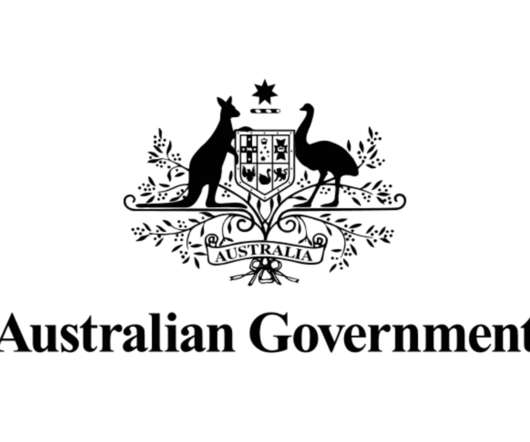
AU Manufacturing
AUGUST 21, 2022
The Australian government has called on researchers and business leaders to provide insights on how best to leverage critical technologies to protect the national interest. . Consultation for the List of Critical Technologies in the National Interest is expected to clarify the technologies the government considers vital for Australia’s current interests or have the potential to become critical within the next decade. .
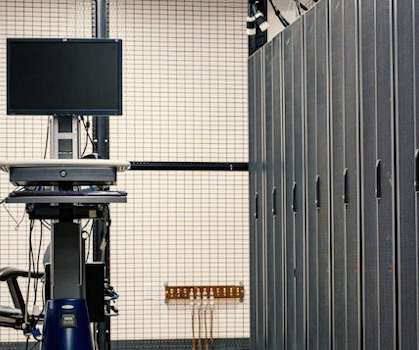
Control Engineering
AUGUST 21, 2022
Analytics Insights. Data cleansing is designed transforms the data that already exists into a more consumable and approachable format that doesn’t overwhelm the user. This is a critical step in shaping and molding the data so it can be used in modeling for everything from analytics to predictive maintenance and a lot more. There is so much data in the manufacturing process it is often overlooked.
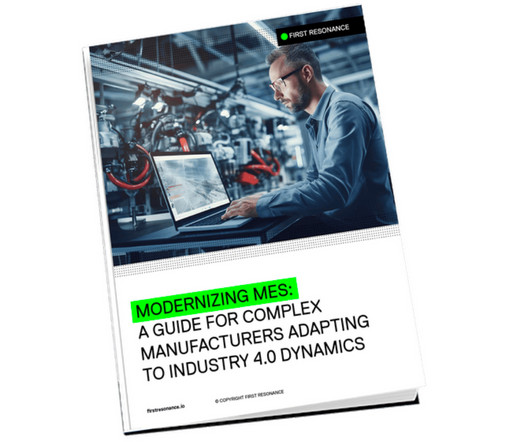
Advertisement
As engineers push the boundaries of innovation with groundbreaking hardware products, their success depends largely on the speed and efficiency of production. The challenge? Manual processes and disparate systems lead to multiple versions of documents, incomplete records, and duplicated work, creating a chaotic system of records that is difficult to manage.

AU Manufacturing
AUGUST 21, 2022
Article by Jim Steed, managing director at Nutanix A/NZ. Australia’s Sovereign Manufacturing Capability Plan – instigated by the previous Government and inherited by Labor – is missing a vital element that will cause major risk if left unchecked. In a word, that element is technology. The entire framework for the Capability Plan is designed to spread key manufacturing, processing, and distribution centres for critical products out to multiple Australian locations.
Let's personalize your content